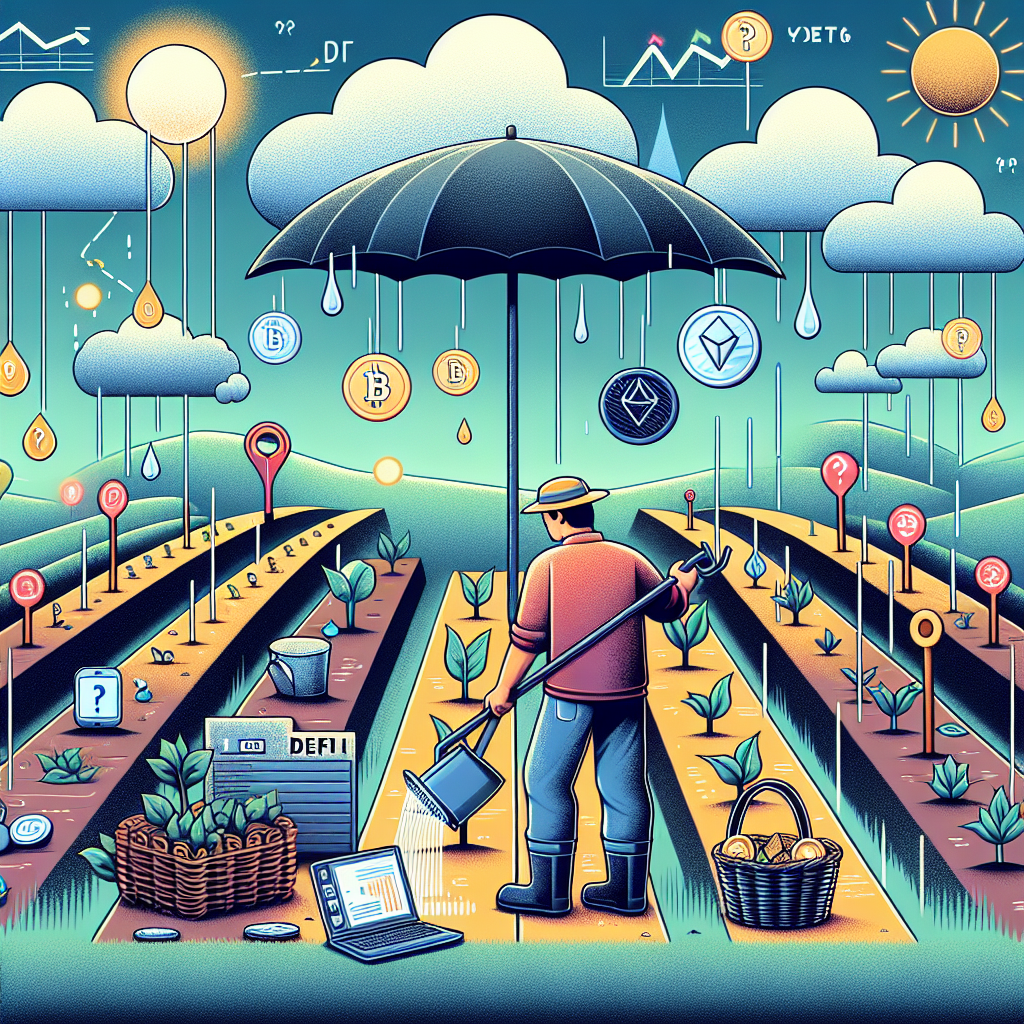What is DeFi Yield Farming, and Should Traders Participate?
Decentralized Finance (DeFi) has become a revolutionary force in the financial landscape, enabling users to earn high returns through innovative methods. One of the most prominent phenomena within this space is yield farming. This article aims to provide an understanding of what DeFi yield farming is, its associated risks and benefits, and whether traders should consider participating.
Understanding DeFi Yield Farming
Yield farming refers to the process of utilizing cryptocurrencies and decentralized protocols to generate returns. Traders can supply liquidity to decentralized exchanges (DEXs) or lending platforms and earn rewards, which can include transaction fees, tokens, or interest.
How Yield Farming Works
The mechanics of yield farming can be complex, but the process generally involves the following steps:
- Providing Liquidity: Users lend their cryptocurrencies to a DeFi platform or pool, contributing to the liquidity needed for exchanges and lending.
- Earning Rewards: In return for providing liquidity, farmers receive rewards in the form of platform tokens or a share of transaction fees.
- Reinvestment: Farmers often reinvest their earned tokens into other farming opportunities to maximize their returns.
Common yield farming platforms include Compound, Aave, and Uniswap, each offering different mechanisms and rewards, allowing traders to select the options that best fit their strategies.
Benefits of Yield Farming
Yield farming offers a range of advantages that can appeal to cryptocurrency traders:
- High Returns: Many yield farming opportunities provide significantly higher annual percentage yields (APYs) than traditional savings accounts or investments.
- Diverse Portfolio: Yield farming allows traders to diversify their investment strategies across various DeFi platforms and assets.
- Active Participation: Farmers can engage with the DeFi ecosystem actively, learning about new protocols and innovations.
For instance, in early 2021, some yield farming programs reported DAOs (Decentralized Autonomous Organizations) offering APYs exceeding 300%, though these numbers can be volatile and are not guaranteed.
Risks Associated with Yield Farming
Despite the promise of high returns, yield farming comes with significant risks that traders should carefully consider:
- Smart Contract Risk: If a smart contract is poorly coded or has vulnerabilities, it could be exploited, leading to potential losses.
- Market Volatility: The value of cryptocurrencies can fluctuate dramatically, affecting the worth of staked tokens.
- Impermanent Loss: When providing liquidity for token pairs, traders can suffer losses if the price ratio between the tokens diverges significantly.
In 2020, the DeFi platform Harvest Finance experienced a hack that led to over $30 million in losses, demonstrating the importance of assessing risks before participating in yield farming.
Should Traders Participate in Yield Farming?
Deciding whether to engage in yield farming depends on various factors, including risk tolerance, investment goals, and knowledge of the DeFi ecosystem. Here are considerations to help inform your decision:
- Risk Appetite: If you are a risk-averse investor, the potential for losses may outweigh the benefits of yield farming.
- Time Commitment: Yield farming often requires ongoing monitoring and adjustments to strategies, which may not suit everyone.
- Research and Knowledge: A thorough understanding of the specific protocols and their risks is crucial for success in yield farming.
For traders willing to invest time and utilize sound risk management strategies, yield farming can be a lucrative addition to their financial portfolio.
Conclusion
Yield farming represents a compelling opportunity within the DeFi space, allowing traders to harness their assets for potentially high returns. However, the risks involved necessitate careful consideration and thorough research. Whether you choose to participate in yield farming, educate yourself on the protocols and strategies, remain cautious, and keep your investment goals in mind. Understanding the dynamics of yield farming can not only help maximize your gains but also safeguard your investments in this rapidly evolving financial frontier.




